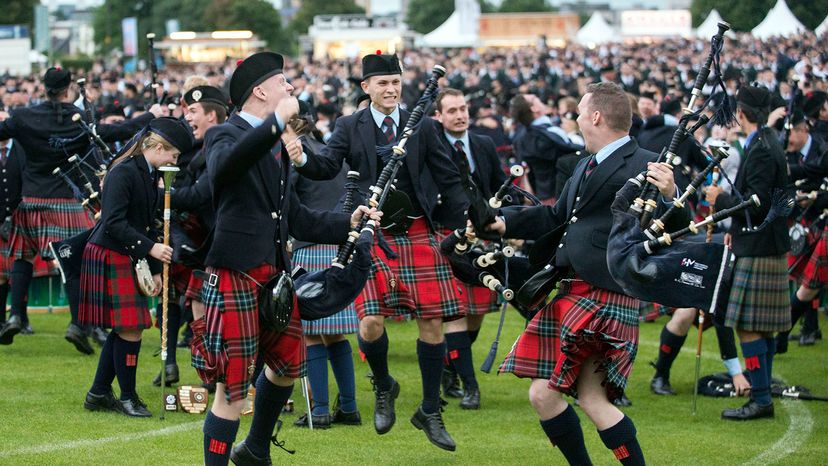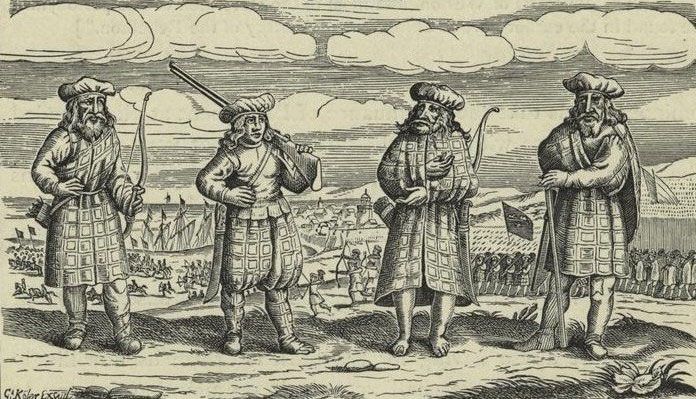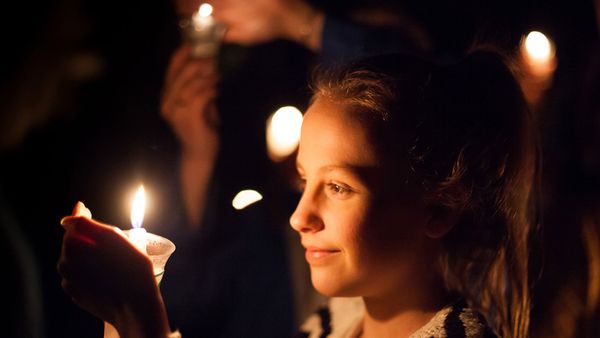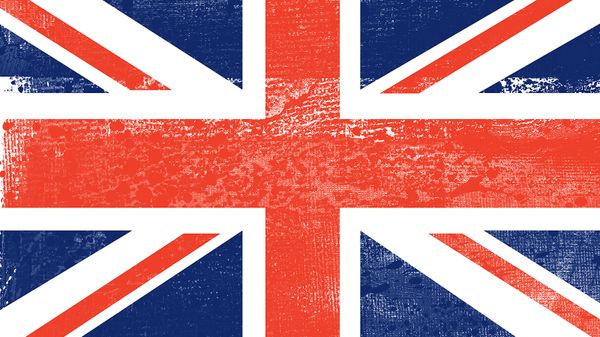
Although the checked pattern known in Gaelic as "tartan" — or "plaid" to the rest of the world — has been around for thousands of years, it only became shorthand for Scottish pride far more recently. And just because you have a Scottish surname or can trace your genealogy back to Scotland, that doesn't mean that your family has its very own unique tartan.
That's because those types of family tartans are only associated with certain Highland clans and not everybody's Scottish heritage traces back to the Scottish Highlands, the birthplace of kilts and bagpipes and Tam o' Shanters and yes, tartan.
Advertisement
But since Highland traditional dress has been romanticized since the Victorian Era as the truest expression of Scottish-ness, there are plenty of tourist shops in Edinburgh that will gladly sell you a tartan ostensibly linked to your Scottish roots.
"Anyone can go and get a tartan, but that doesn't mean that everyone has a tartan," says Alistair Braidwood, creator and host of the Scots Whay Hae! podcast. "That's what tartan has become, a way of selling Scotland to the world, and to itself as well."
Advertisement



